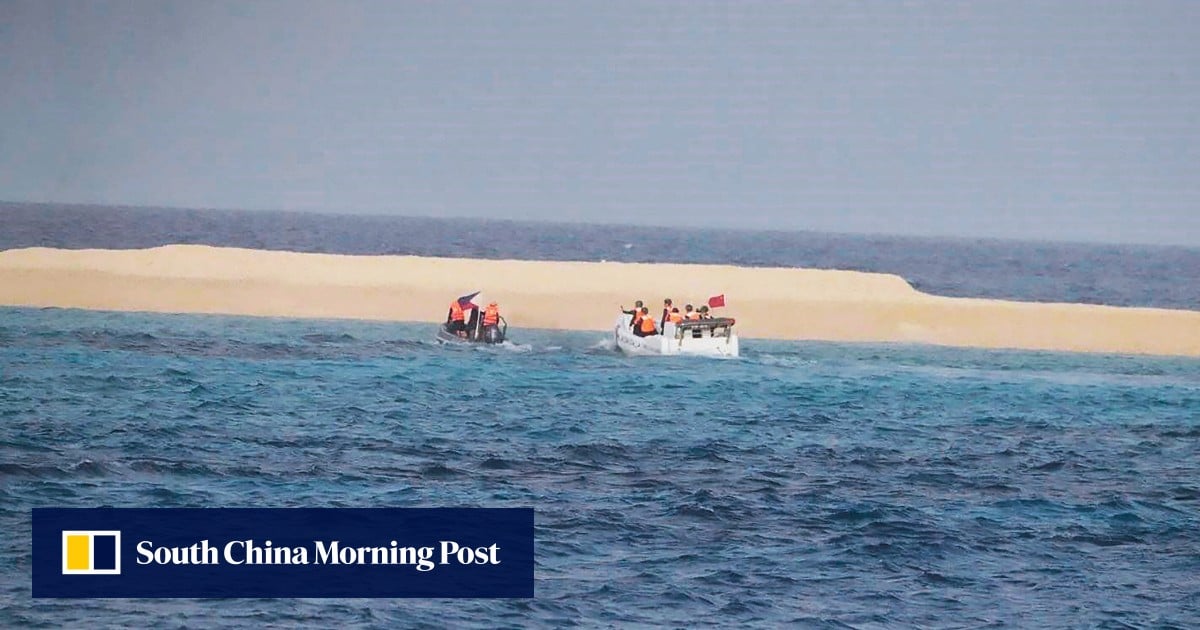
Advertisement
The investigation results were unveiled on Friday by a team that included members of three subsidiaries of the Ministry of Natural Resources, and a Hainan-based coral reef scientific observation site.
The team, which based their findings on satellite images and on-site inspections, partially attributed the degradation in the area to “frequent human activities”, including construction and fishery activity by the Philippines on Thitu Island, two nautical miles away.
Sandy Cay is an unoccupied group of three sandbars known in China as Tiexian Jiao, and Pulo ng Bailan in the Philippines, with the official name of Pagasa Cay 2. Zhongye Island, the Chinese name for Thitu Island and known in the Philippines as Pag-asa, is the largest feature occupied by Manila in the South China Sea. It is home to more than 200 civilians and includes a coastguard station outfitted with radar and an airstrip.
Advertisement
“The health of the Sandy Cay coral ecosystem is significantly impacted by tropical cyclones and frequent human activities, notably ongoing construction by the Philippines on Zhongye Island,” the report said, adding that an outbreak of crown-of-thorns starfish was the main factor for coral degradation.

